Format: iOS and Android
Pricing - Free
Description: Metronome app designed to beat simple meters and complex meters with audio and visual aids.
Features:
My Experience: Just plain bad. I downloaded this in a pinch when I didn't have my metronome when filling in for private lessons. One main issue which is why this is a flop...the timing is not accurate. If it is one thing that a metronome should do it should be to keep consistent time. I experienced both skips in beat and shifts in beat. Even the beginning clarinet player that I was teaching noticed.
Pros
Cons
Final Thoughts: One would think that such a household music name such ads Steinway and Sons would put in the time to make sure a music app with their name on it worked, but I said it before and I'll say it again if it is one thing that a metronome must do it is to beat a consistent tempo and beat it reliably. Avoid this app and save your sanity. This post may seem short and it was meant to be more of a warning. One would hope that they would fix the bugs in the app, but do yourself a favor and just invest in a good metronome. Convinience is one thing, but having a quality teaching tool is another. You wouldn't replace a 9 foot concert grand piano with a one octave midi keyboard would you?
Pricing - Free
Description: Metronome app designed to beat simple meters and complex meters with audio and visual aids.
Features:
- Simple and compound time signatures
- Tap to find the tempo
- Flashing tempo
- Scrolling beat pulse visual
My Experience: Just plain bad. I downloaded this in a pinch when I didn't have my metronome when filling in for private lessons. One main issue which is why this is a flop...the timing is not accurate. If it is one thing that a metronome should do it should be to keep consistent time. I experienced both skips in beat and shifts in beat. Even the beginning clarinet player that I was teaching noticed.
Pros
- Multiple time signatures
- Tap to find tempo
- User interface not terrible
Cons
- Does not beat a consistent tempo
Final Thoughts: One would think that such a household music name such ads Steinway and Sons would put in the time to make sure a music app with their name on it worked, but I said it before and I'll say it again if it is one thing that a metronome must do it is to beat a consistent tempo and beat it reliably. Avoid this app and save your sanity. This post may seem short and it was meant to be more of a warning. One would hope that they would fix the bugs in the app, but do yourself a favor and just invest in a good metronome. Convinience is one thing, but having a quality teaching tool is another. You wouldn't replace a 9 foot concert grand piano with a one octave midi keyboard would you?
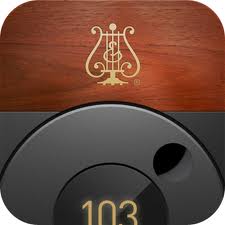
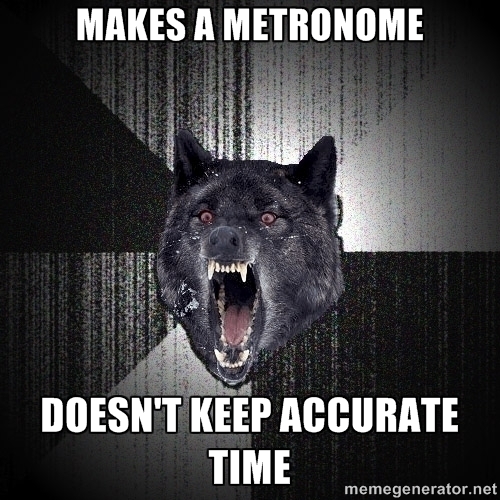
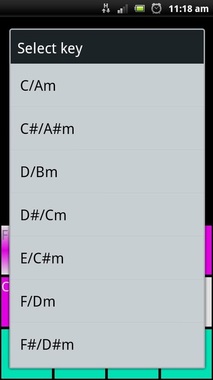
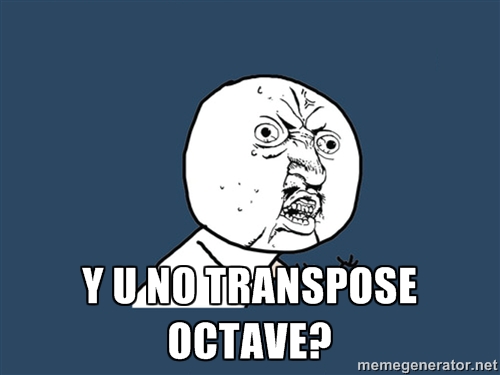
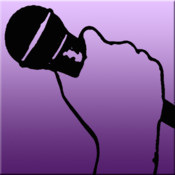


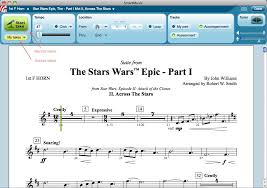

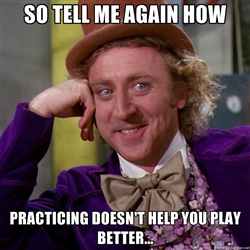

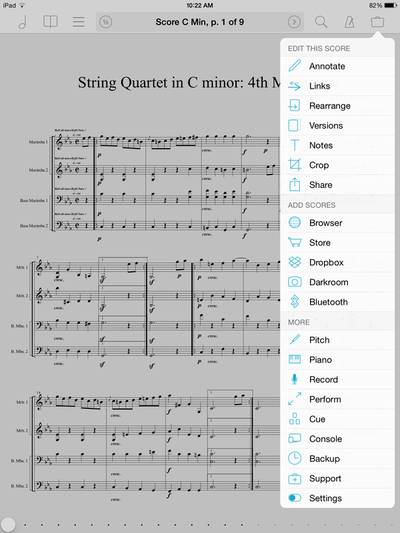
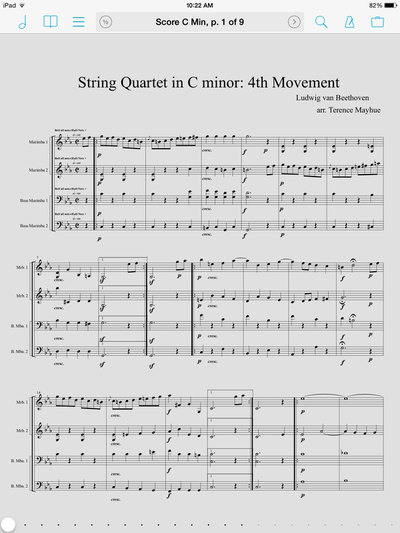
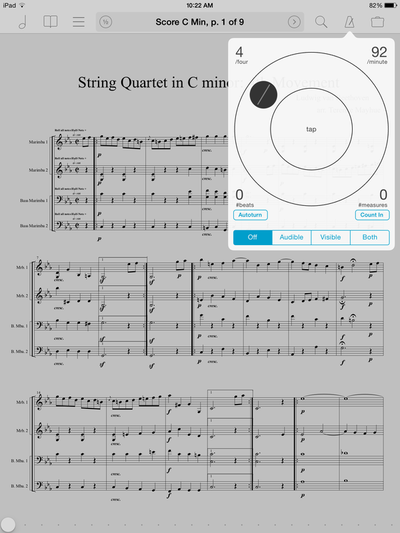

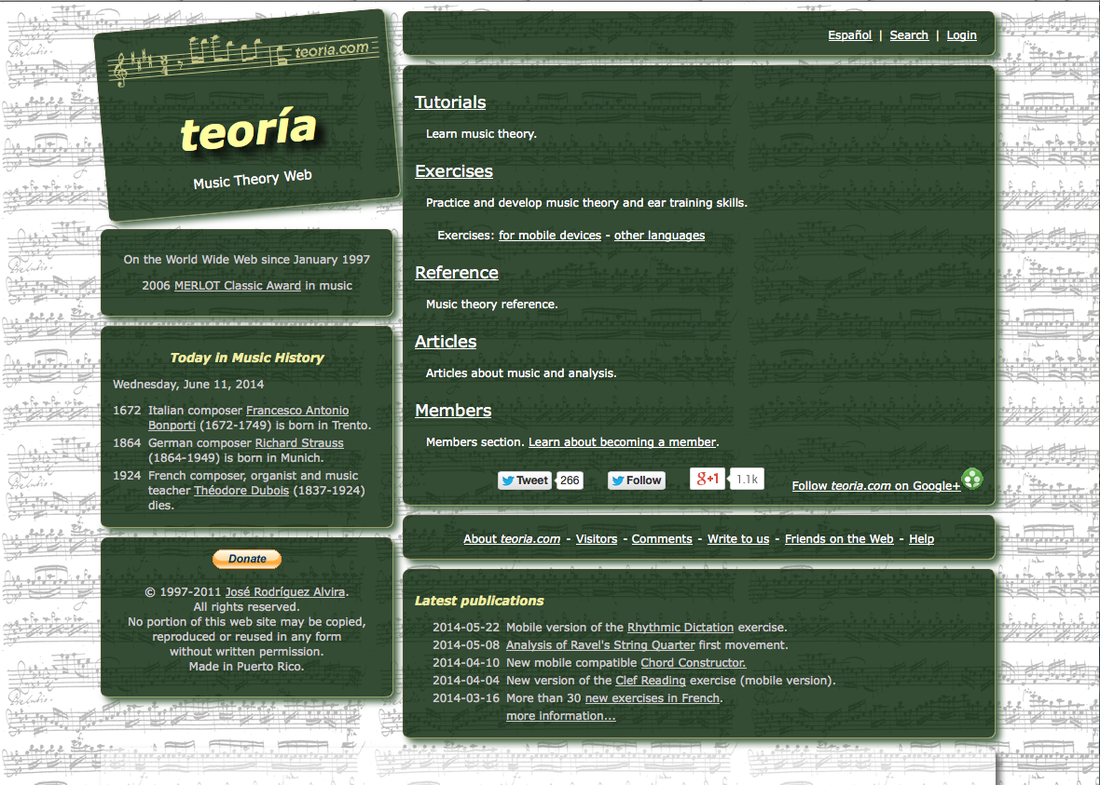
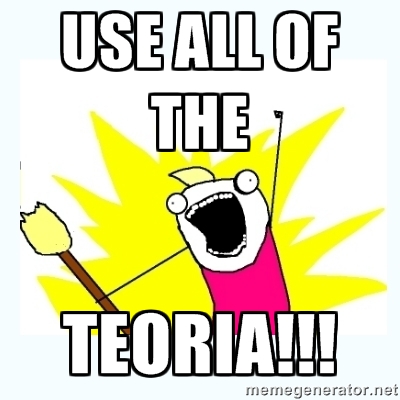

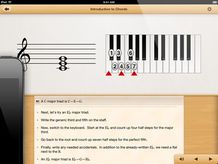
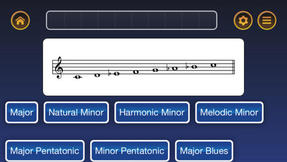
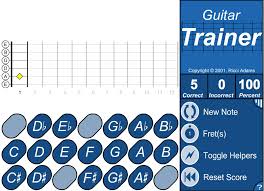
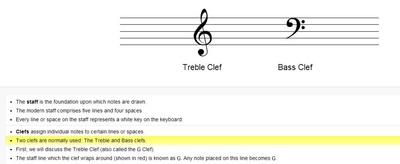
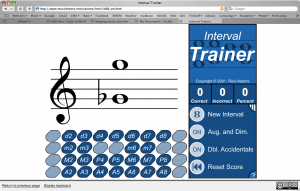
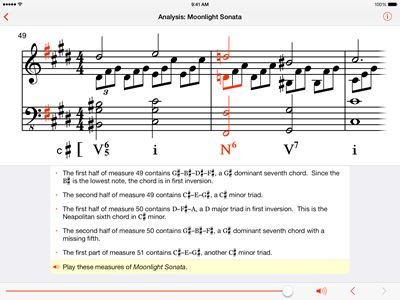
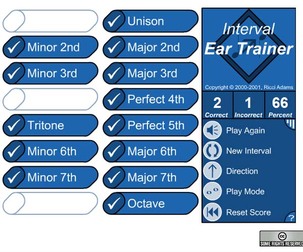
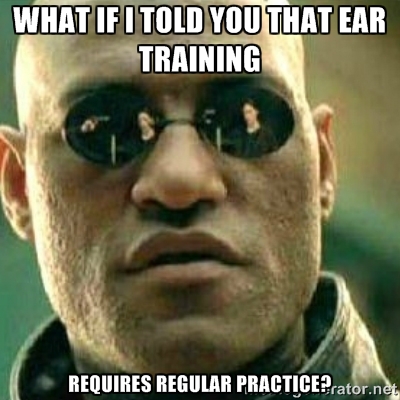
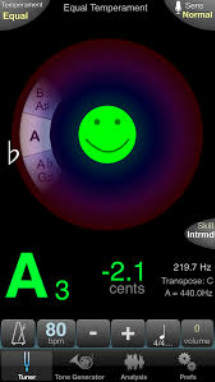
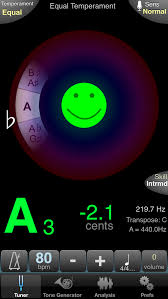

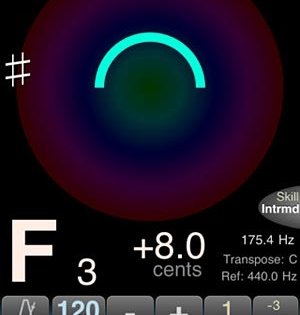
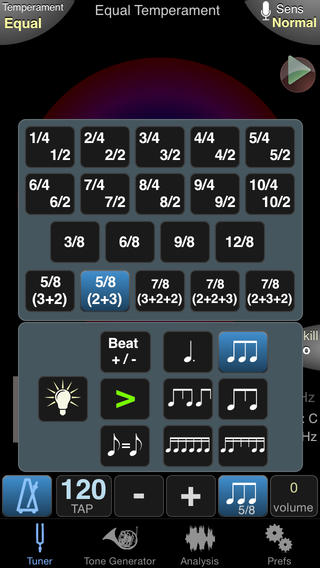

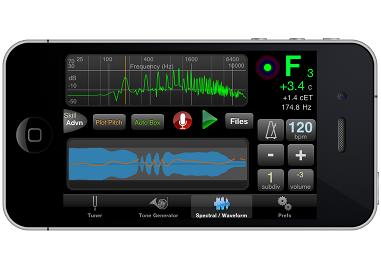

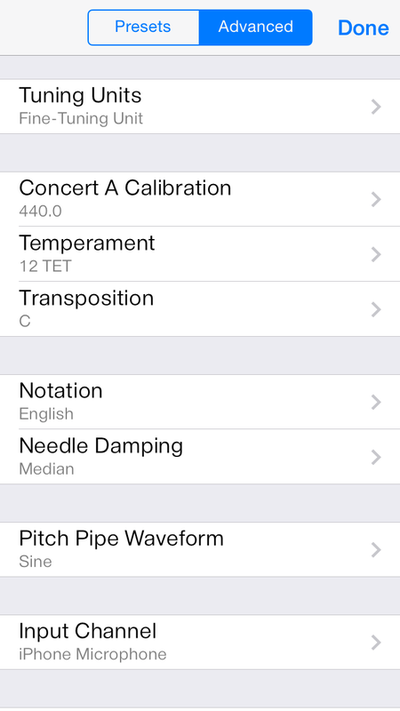
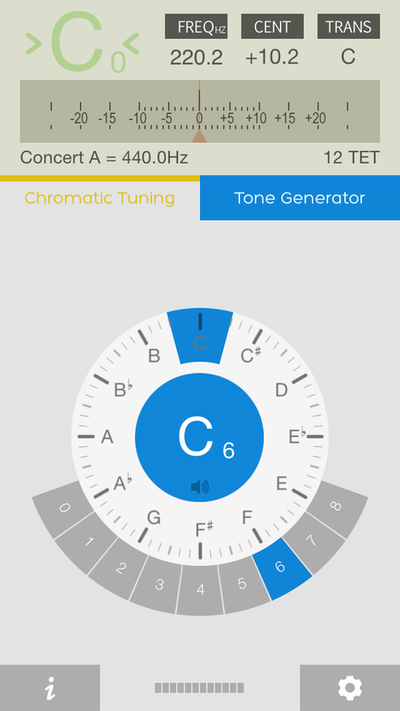
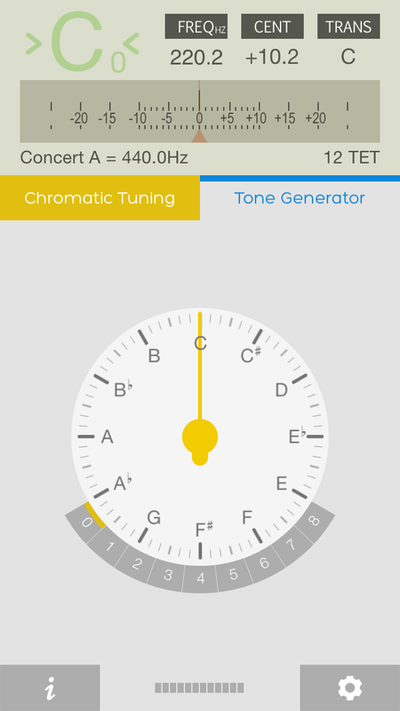

 RSS Feed
RSS Feed